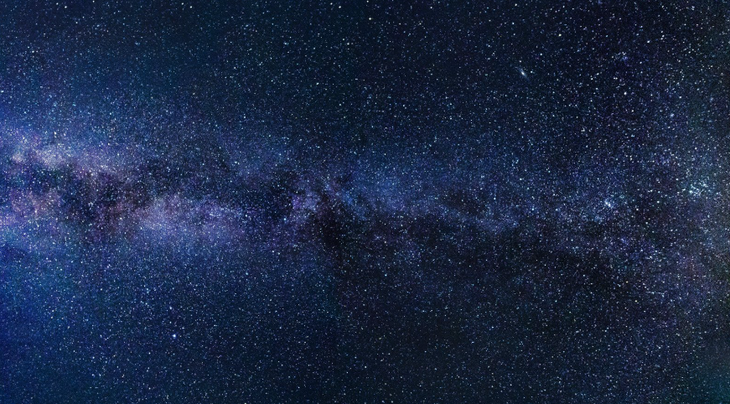
Today, the light from stars and galaxies lights up the night sky. But at the time right after the Big Bang, about 13.8 billion years ago, the universe was completely dark - Photo: AI
According to Live Science, the Big Bang not only gave birth to matter, but also created space and time. Initially, all the matter and energy in the universe was compressed into a tiny, super-dense point. As the universe began to expand, that energy gradually cooled, allowing the first elementary particles to form less than a second after the Big Bang.
Light "imprisoned" for 380,000 years
Although photons were formed very early, for the first 380,000 years, light could not spread throughout space. The reason was that the universe was too hot, electrons moved too fast to bind with nuclei to form atoms.
The result is a dense "soup" where light is constantly scattered by free electrons, just as light in the core of the Sun is now trapped for millions of years before escaping to the surface.
Only when the universe expanded and cooled to about 3,000 Kelvin (2,725°C) did electrons begin to combine with nuclei to form neutral atoms. At this point, photons were free to move around, and for the first time, light was truly “released” into the universe.
The light emitted at that time used to have wavelengths near infrared or visible, but after more than 13 billion years of expansion, it has been stretched into extremely long waves, called the cosmic microwave background (CMB). This is the oldest light ever detected by humans, first observed in 1964.
Analyzing the microwave background radiation has helped scientists better understand the large-scale structure of the universe, including the distribution of galaxies and the giant voids between them.
The universe once experienced a "dark age"
After the first light in the universe was released, the moment when photons were able to freely propagate through space, the universe did not immediately become as bright as the starry night sky we see today. Instead, it entered a long period known as the "cosmic dark ages".
This was a special period lasting hundreds of millions of years, when the universe was almost completely dark and cold. Light could have existed and spread, but there were no obvious sources of light such as stars or galaxies.
Space at that time contained only the simplest elements, hydrogen and helium, the basic components formed soon after the Big Bang. These elements existed as a thin gas, not yet in a state of sufficient condition to form celestial bodies that could emit light.
That dark age ended only when gravity gradually pulled the giant gas clouds closer together. Over hundreds of millions of years, these regions of gas became dense enough to collapse in on themselves, increasing the temperature and pressure, which in turn triggered thermonuclear reactions, similar to those occurring in the core of the Sun today, creating the first stars in the history of the universe.
About a billion years after the Big Bang, these early stars began to emit light, gradually dispelling the primordial darkness that pervaded space. As the number of stars increased, they coalesced into clusters, which eventually formed the first galaxies.
This is the moment scientists call the "cosmic dawn," marking the moment when light truly spread across space and laid the foundation for a starry universe as we know it today.
Source: https://tuoitre.vn/vu-tru-thuo-so-khai-co-anh-sang-hay-la-dem-den-20250624161738474.htm




![[Photo] Prime Minister Pham Minh Chinh receives CEO of Samsung Electronics](https://vphoto.vietnam.vn/thumb/1200x675/vietnam/resource/IMAGE/2025/8/26/373f5db99f704e6eb1321c787485c3c2)

![[Photo] Multi-colored cultural space at the Exhibition "80 years of the journey of Independence - Freedom - Happiness"](https://vphoto.vietnam.vn/thumb/1200x675/vietnam/resource/IMAGE/2025/8/26/fe69de34803e4ac1bf88ce49813d95d8)

![[Photo] Prime Minister Pham Minh Chinh chairs meeting of National Steering Committee on International Integration](https://vphoto.vietnam.vn/thumb/1200x675/vietnam/resource/IMAGE/2025/8/26/9d34a506f9fb42ac90a48179fc89abb3)
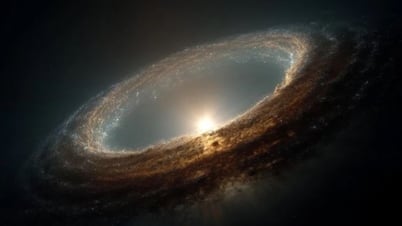

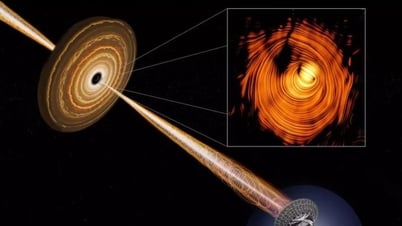































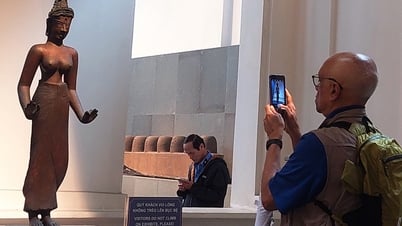


















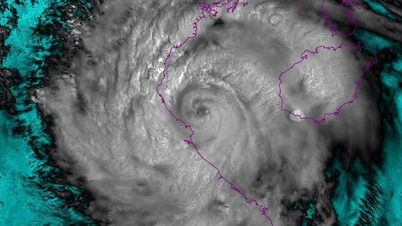











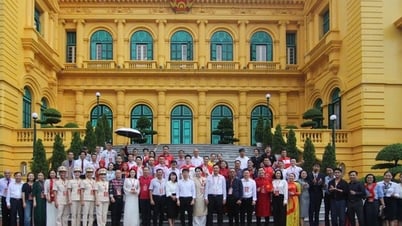

























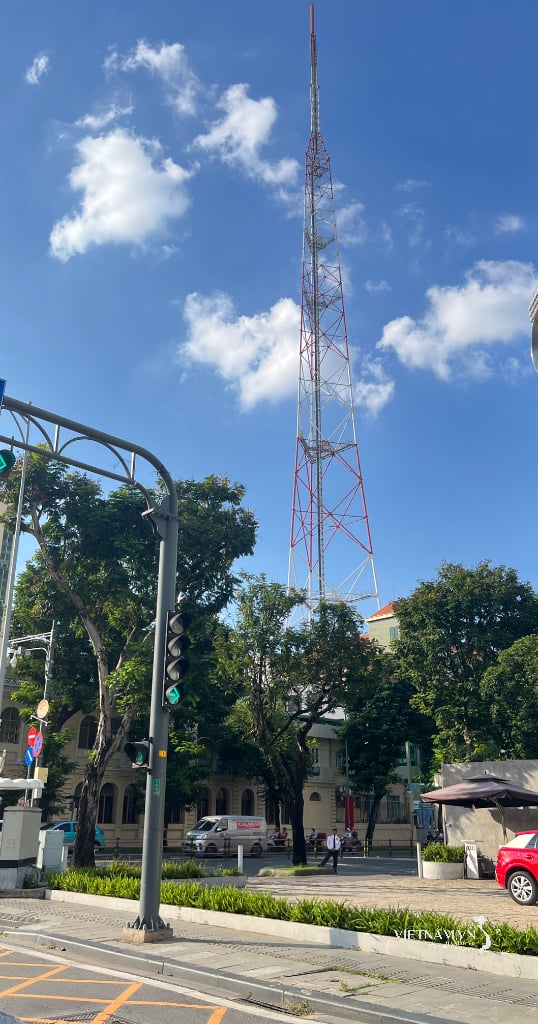
Comment (0)